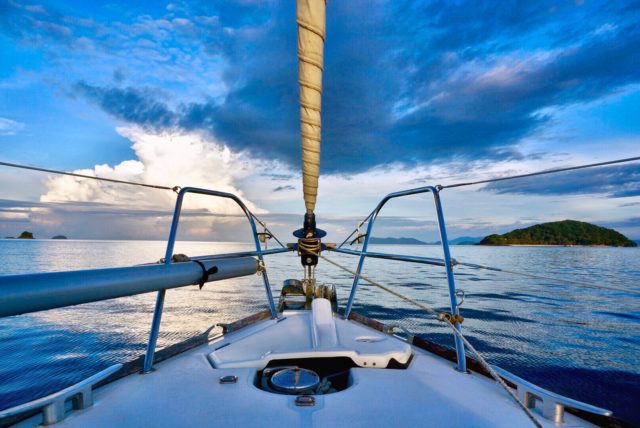

Five reasons to visit Thailand
- If you are looking for the natural beauty, Thailand is definitely a place to go! Its miracles are hidden in many different spots – high in the magnificent mountains, deep under the clean blue waters, between the trees of the wild jungle… According to many scientific studies, there’s no better way to reconnect with your inner self than through the close interaction with Mother Nature. Totally worth trying!
- People who say they don’t enjoy beach holiday must have never been to Thailand… It’s hard to imagine a better place to relax and enjoy the proximity of the sea than a sunny beach – and in Thailand you really don’t have to compete with other tourists for the best, quietest and most remote spots where you won’t be bothered. Thousands of calm, cosy, sandy and almost empty beaches are impatiently waiting for you in Krabi, Phuket, Koh Kradan and on countless Thai islands.
- Vibrant Thai culture seems to be completely mesmerizing for the thousands of tourists from all over the world. Old Buddhist temples (there are more than 40000 of them, almost at every corner!) are where you can fully experience it on your own. Their architecture and the way they were decorated reflect centuries of Thai history, changes of the dynasties and various styles that were followed in different periods.
- In various rankings created by tourists and culinary experts, Thai cuisine has often been voted as the best in the world thanks to its diversity and the tendency to connect various tastes that go incredibly well together. The power of Thai food lays also in its natural character – whenever in a food truck or fancy restaurants, Thai chefs prefer the local products and traditional recipes. Pad thai, tom yam goong or amazing Thai fried rice? You should try all of them!
- The beauty of the coastal regions of Thailand and its unique islands definitely deserve some time to be discovered. A yacht cruise in this area guarantees an one-of-a-kind experience – thanks to the total immersion in the local atmosphere, customs and lifestyle, as well as unforgettable landscapes and the exploration of the hidden gems inaccessible in any other way.
Welcome to Thailand – the land of variety
Thailand is a beautiful, vibrant country located in the Central and Southern part of Indochinese Peninsula, surrounded by Myanmar and Laos on the north, Laos, Cambodia and the Gulf of Thailand on the east, Malaysia on the south and Myanmar and Andaman Sea on the west. It’s situated in the tropical area between latitudes 5° 37′ N to 20° 27 N and longitudes 97° 22′ E to 105° 37′ E. The total area of the country is 513,115 square kilometres and its regions vary quite visibly when it comes to the topography and the observed landscapes.
The northern part of Thailand is mostly 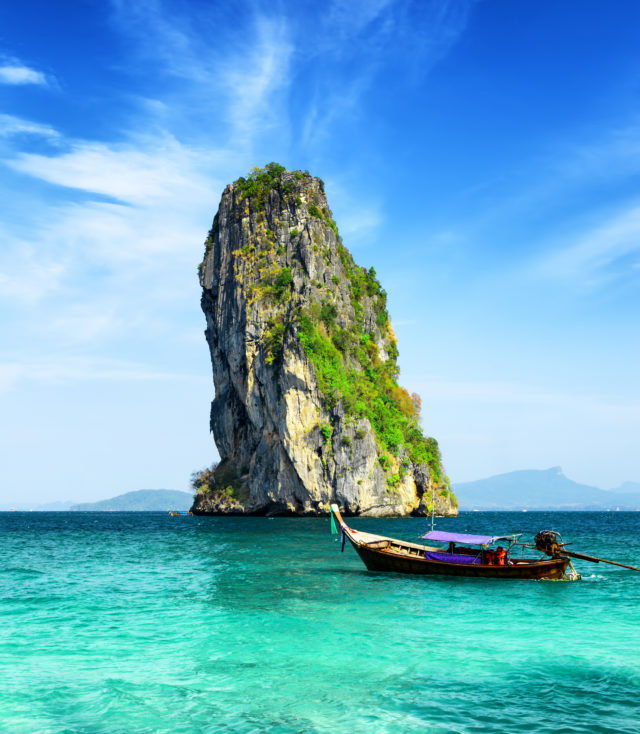 hills and mountains. It’s the place where the main river system of the country, called Chao Phraya, has its sources and intersects the area with a number of major valleys. The highest Thai mountain – Doi Inthanon (2595 m above sea level) – is also situated in this region in the popular Chiang Mai province. Seems like a perfect place for a hiking vacation, doesn’t it?
hills and mountains. It’s the place where the main river system of the country, called Chao Phraya, has its sources and intersects the area with a number of major valleys. The highest Thai mountain – Doi Inthanon (2595 m above sea level) – is also situated in this region in the popular Chiang Mai province. Seems like a perfect place for a hiking vacation, doesn’t it?
The landscape changes in the north-eastern part of the country where it becomes a vast north-eastern plateau called Isan. Full of crop fields and crossed by rivers Mekong, Mun, Chi, Loei and Sangkhram, Isan is the agricultural heart of the country. The central part of Thailand is where the northern rivers meet and join to become the famous Chao Phraya river. Its picturesque valley dominates the whole region, making it one of the favourite touristic spots in this part of the world known for cruises and exploration trips.
Southern Thailand, on the other hand, with its marvellous islands, the vicinity of the warm, clear waters and bursting wild nature, remains the most precious gem in the Thai crown for the foreign tourists. The Andaman sea and all its luxurious, paradisiac resorts – Phuket, Krabi, Phang Nga, Ranong, Trang and numerous islands – guarantees an exotic holiday you will never forget.
Adding the diverse wild life, the cuisine rated as the best in the world and countless Buddhist temples that haven’t changed for centuries – could you imagine a better place for practicing mindfulness or total relaxing?
Islands
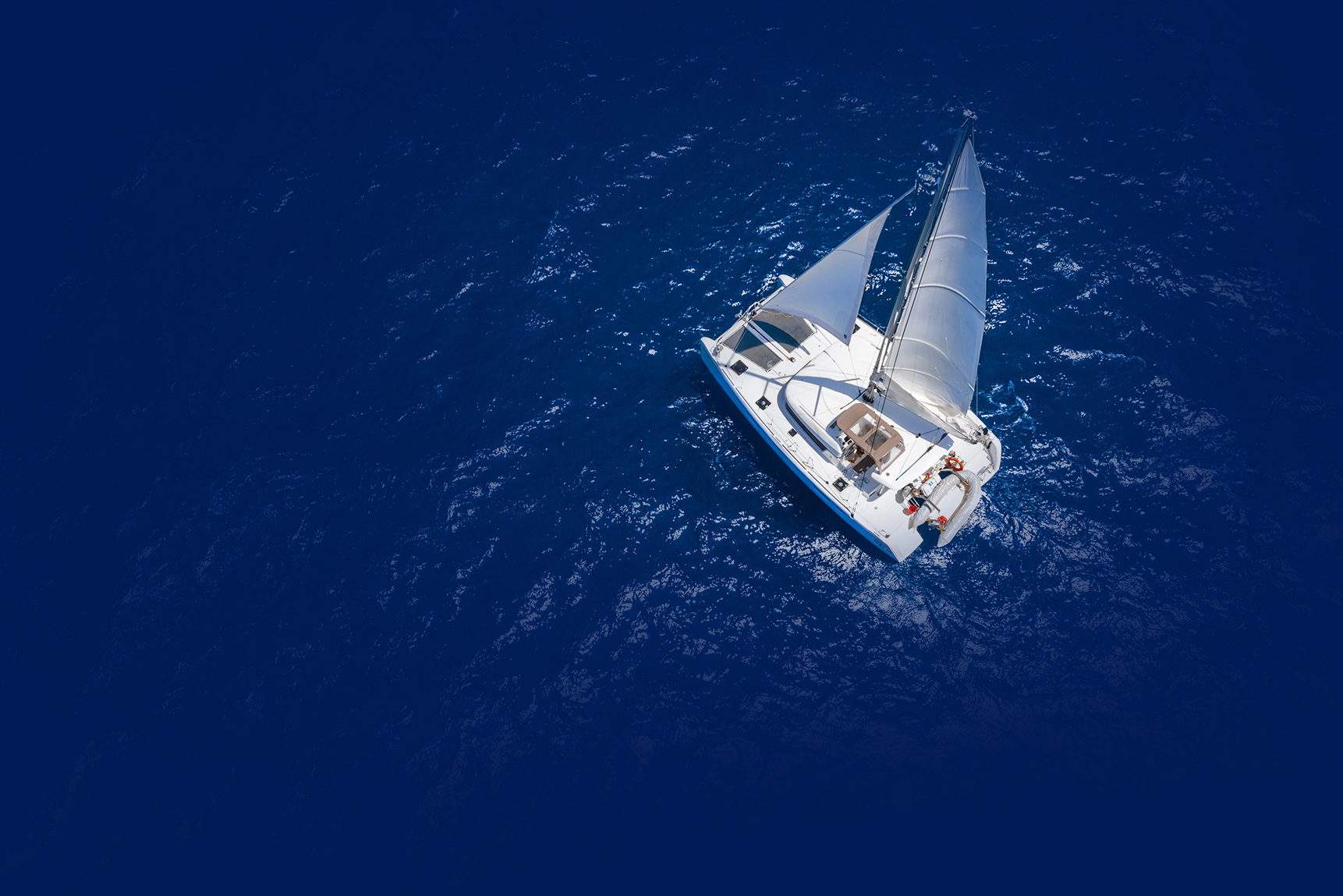
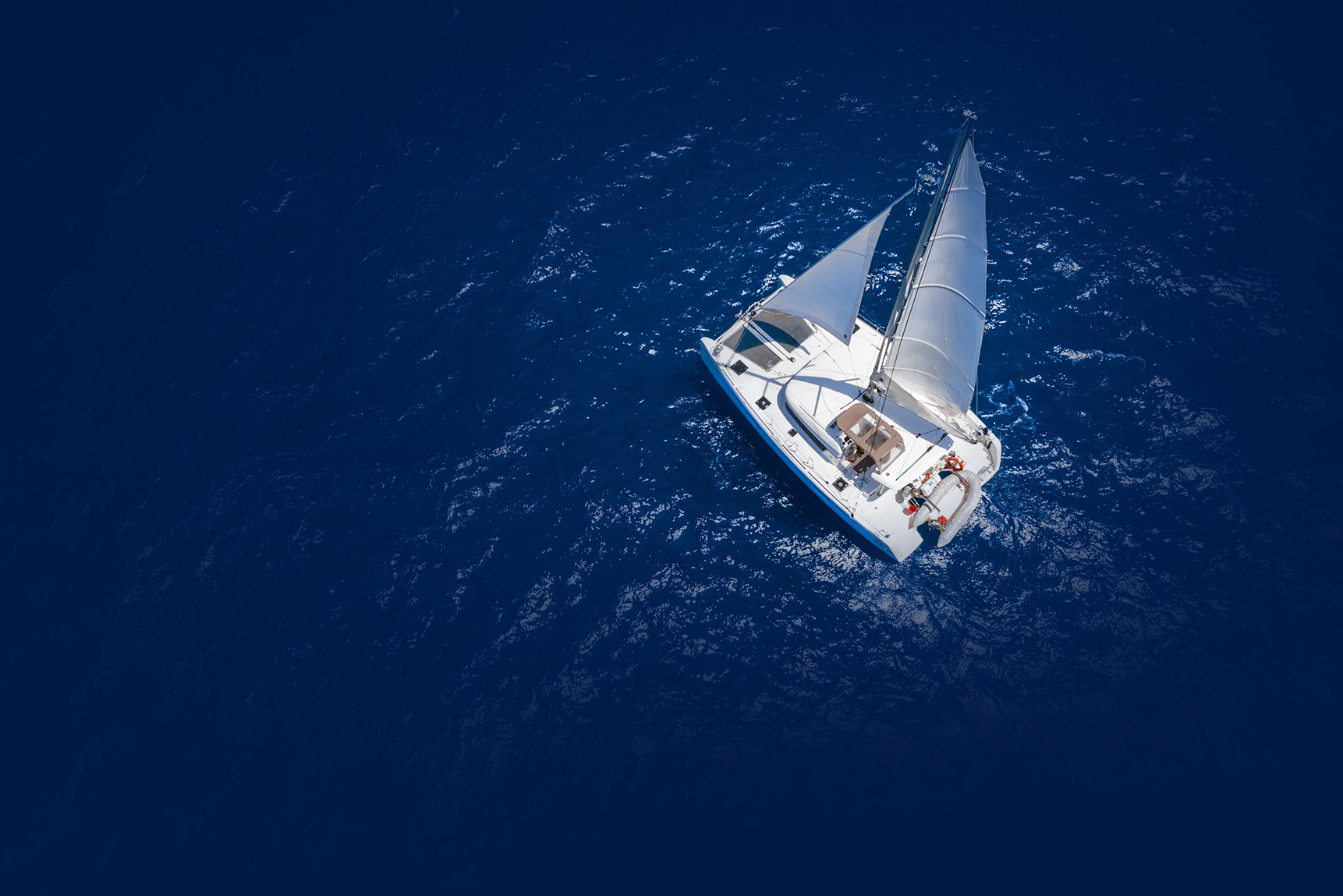
- Koh Chang
- Ko Mak
- Ko Kut
- Phrao Nai
- Ko Ngam
- Layola Islands
- Ko Phrao
- Ko Khlum
- Ko Wai
- Ko Bai Dang
- Ko Island
- Ko Mai Si Yai
- Ko Mai Si Lek
- Ko Rang
- Ko Tun
- Ko Rayang Nai
- Ko Rayang Nok
- Ko Kradat
- Ko Mai Si
A perfect place for tropical delight
The most important factor that influences Thailand’s climate are the seasonal monsoon winds. The south-western monsoon that is observed between May and October brings warm, moist air from the Indian Ocean to the Thai territories, which results in abundant rainfalls all over the country.
Appearing between October and February, the north-eastern monsoon, on the contrary, is characterized by masses of dry, cold air from China – this causes heavy rains in the south-eastern part of Thailand.
Generally, the climate of most of the Thailand’s mainland can be described as tropical wet and dry or savanna type, while the south of the country has a tropical monsoon climate.
Therefore, three seasons are usually observed in Thailand:
- Rainy or south-western monsoon season (mid-May to mid-October): abundant rains all over the country with the peak of the rainfall in August-September (except for south-eastern part, where the monsoon remains till the end of the year and the wettest month is November);
- Winter or north-eastern monsoon season (mid-October to mid-February): mild period with relatively
 cold temperatures in upper Thailand, but still a lot of heavy rains in the south-eastern part of the country);
cold temperatures in upper Thailand, but still a lot of heavy rains in the south-eastern part of the country); - Summer or pre-monsoon season (mid-February to mid-May): the transitional period between north-eastern and south-western monsoons, which usually mean warm temperatures and generally sunny weather; the hottest month is most commonly April.
As for the temperatures, they may vary significantly between the different seasons in the different parts of the country. In general, though, the temperature almost never goes below 20 degrees. In the summer (March to May), the temperatures are higher in the northern and central Thailand reaching 40 or more degrees, while in southern part of the country, thanks to its maritime characteristics, the weather is way more mild and rarely as hot.
Some practical info you need to know
Our base
We are based on the paradisiac Koh Chang island, the third largest island of Thailand after Phuket and Koh Samui. It’s located on the Gulf’s of Thailand eastern seaboard, around 300 km from the capital, Bangkok. You are picked up at the airport and in no time you are welcomed aboard. Our crew will brief you personally.
Airports
The easiest way to access our base on Koh Chang island is to land at the Trat Airport (TDX) operated by Bangkok Airways. It has one runway and a small terminal offering customs and immigration services, which allows passengers to check in through to their final destinations without the need to do so at Suvarnabhumi Airport.
A valid international passport (valid for at least 6 months beyond the date of entry) is required for all the tourists visiting Thailand. As for the visa, different rules apply for different nationals.
If you’re a citizen of one of the following countries:
Argentina, Australia, Austria, Bahrain, Belgium, Brazil, Brunei, Canada, Chile, Czech Republic, Denmark, Estonia, Finland, France, Germany, Greece, Honkong, Hungary, Iceland, Indonesia, Ireland, Israel, Italy, Japan, Kuwait, Laos, Liechtenstein, Luxembourg, Macau, Malaysia, Monaco, Mongolia, Netherlands, New Zealand, Norway, Oman, Peru, Philippines, Poland, Portugal, Qatar, Russia, Singapore, Slovakia, Slovenia, South Africa, South Korea, Spain, Sweden, Switzerland, Turkey, United Arab Emirates, United Kingdom, United States, Vietnam;
you don’t need a visa for touristic stays up to 30 days as long as you’re entering via the international airport or through a land border checkpoint. However, it is obligatory to show the following documents:
- an official proof of the funds of at least 20000 THB per person or 40000 THB per family;
- a return travel document (confirmed plane, bus, train or boat ticket) to leave Thailand within 30 days after the arrival date.
For citizens of countries not mentioned above and for the longer stays, it is advisable to contact the Thai embassy in order to consult the requirements in advance.
Credit cards
All the most popular credit cards, such as American Express, Visa, MasterCard and JBC, are widely accepted all across the country.
Local currency (currency fluctuations are possible)
Baht (THB) = 100 satang. 1 euro = 36 THB. Notes are in denominations of 1000, 500, 100, 50 and 20 THB, while for the coins the denominations are 10, 5, 2 and 1 THB and 50, 25, 10 5 and 1 satang. You can exchange your € or $ on arrival in the banks at the airport. The currency exchange is possible also in most of the hotels, but it’s better to avoid it since they charge high commissions.
Customs
Arriving travellers are allowed to bring in 200 cigarettes or 250g of cigars or tobacco, 1 litre of alcohol and goods to the value of 10000 THB. While travelling to Thailand, you must be aware of some strictly prohibited imports that include all the obscene or pornographic publications and objects, goods displaying Thai flag or fake Royal and official seals, e-cigarettes and e-liquids and – above all – narcotics. According to Thai law, any drug-related offences are severely punished and may have harsh repercussions, such as life imprisonment or even the death penalty.
Electricity
220 volt AC , 50 Hz
Mobile/Internet
Three main companies providing the mobile services in Thailand are AIS, DTAC and True Move H. The most advisable network for tourist is the first one, AIS, since it offers reliable coverage and different short- or long-term plans. Since Thailand has become one of the world’s most popular freelancer’s hub, high 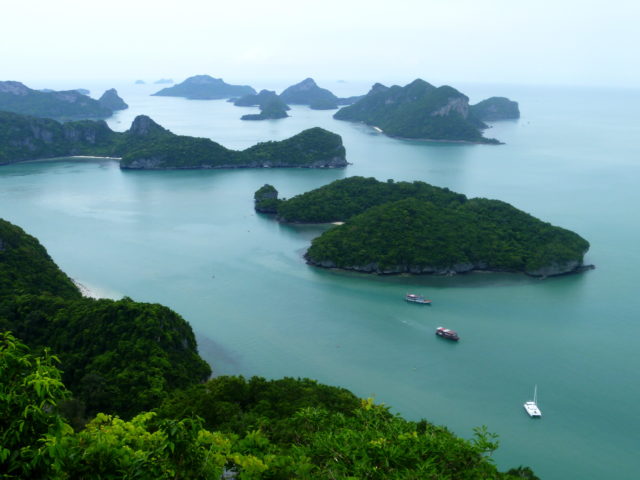 quality fast wireless internet is offered in many hotels, cafes and co-working spaces, especially in Bangkok and Chiang Mai.
quality fast wireless internet is offered in many hotels, cafes and co-working spaces, especially in Bangkok and Chiang Mai.
Language
Thai, English
Telephone
The country code is +66
Time
The time zone of Thailand is UTC/GMT+7, also called the Indochina Time. The country doesn’t use the Daylight Saving Time (DST).
Tips
Service is usually not included in purchases like restaurants or hotels, so it’s common to tip roughly 10% of the bill.
Mission Cambodia!
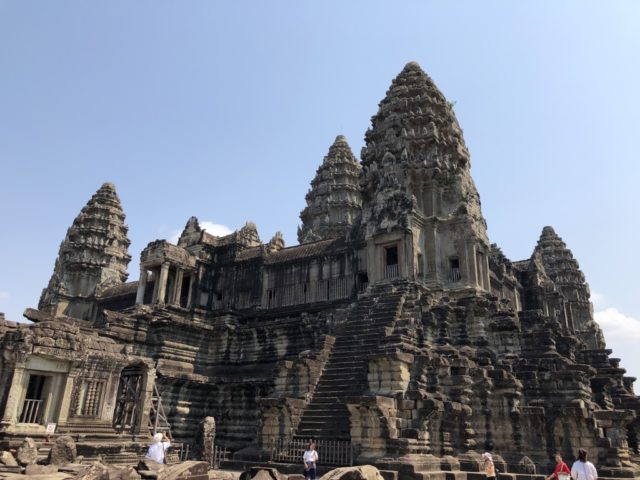 If you decide to take the northern trail and visit the Koh Chang archipelago, you will find yourself just a few steps away from the ancient Angkor Wat temples – the remains of the capital of Khmer Empire raised for the Wisznu god. A walk around these monumental buildings is an unforgettable experience. In the nearby Siem Reap you will be able to experience the urban life and go shopping in Angkor Night Market. It will be our pleasure to take you there!
If you decide to take the northern trail and visit the Koh Chang archipelago, you will find yourself just a few steps away from the ancient Angkor Wat temples – the remains of the capital of Khmer Empire raised for the Wisznu god. A walk around these monumental buildings is an unforgettable experience. In the nearby Siem Reap you will be able to experience the urban life and go shopping in Angkor Night Market. It will be our pleasure to take you there!
Our Fleet in Thailand
 Model: Island Spirit 38
Model: Island Spirit 38
Passangers: 6
Cabins: 4
 Model: Nautitech 40
Model: Nautitech 40
Passangers: 6
Cabins: 4


